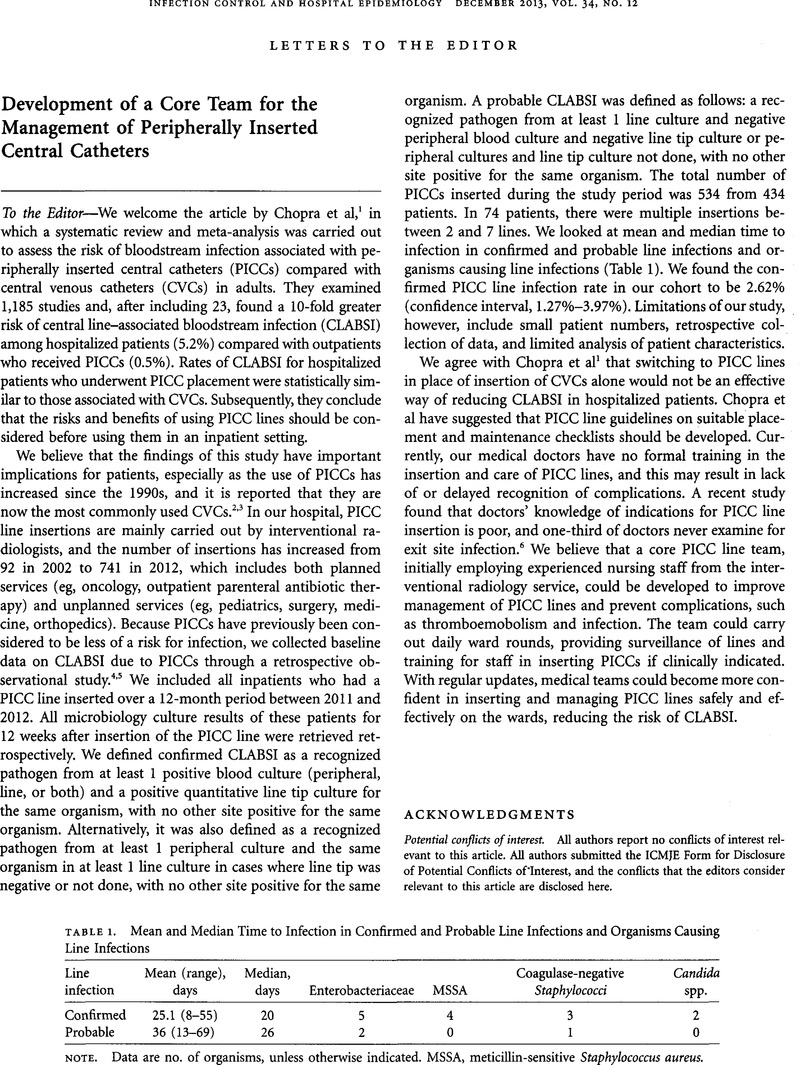Crossref Citations
This article has been cited by the following publications. This list is generated based on data provided by Crossref.
Chopra, Vineet
and
Safdar, Nasia
2013.
Reply to Parcell et al.
Infection Control & Hospital Epidemiology,
Vol. 34,
Issue. 12,
p.
1329.
Markham, Ina S.
and
Markham, Steven E.
2017.
First and Second Strings: Using Entity Analytics to Contrast Core and Supporting Teams.
Journal of Business and Psychology,
Vol. 32,
Issue. 5,
p.
595.
Mussa, Baudolino
Alsbrooks, Kim
and
Hutcheson, Robert
2019.
Short- and Intermediate-Term Use of Peripherally Inserted Central Catheters in Europe: A Systematic Literature Review.
Journal of the Association for Vascular Access,
Vol. 24,
Issue. 4,
p.
45.





